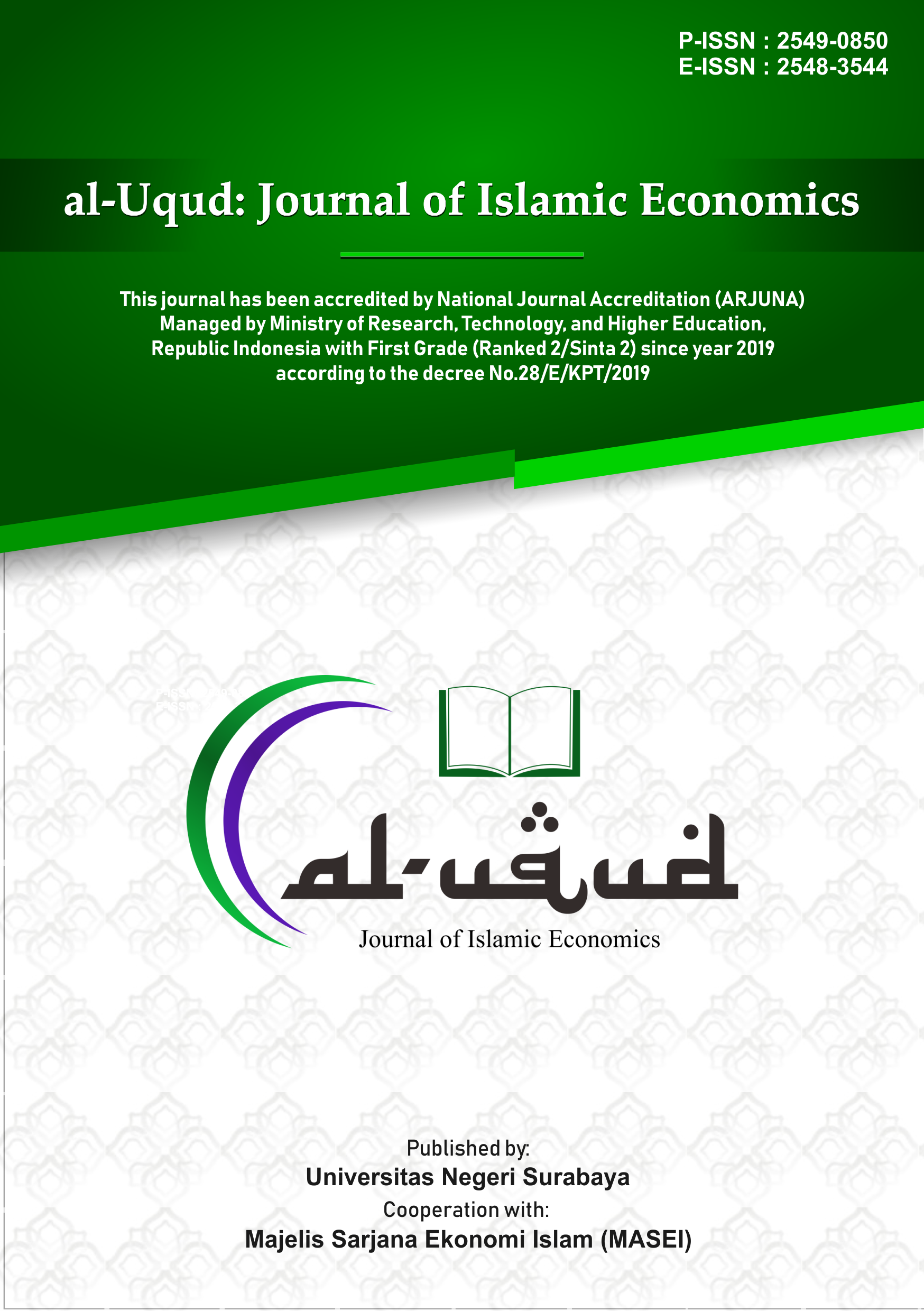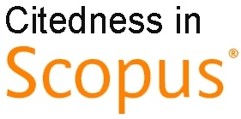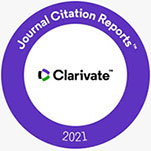Uncover the reasons behind customers' choice of Thailand Islamic banks
DOI:
https://doi.org/10.26740/aluqud.v7n2.p186-199Keywords:
Islamic consumer behaviour, Islamic banks, Muslim minorities, Thailand MoslemAbstract
Most religions in Thailand are Buddhists. However, Thailand has four provinces, most of which are Malays or Muslims. This study was motivated by the demographic background and curiosity about Islamic banking services in Thailand. This study examines customer knowledge of products and service facilities in Islamic banking, why customers choose Islamic banks, and why customers use both types of bank (Islamic and conventional banking). This study was a field research using a survey technique to collect data. The population in Thailand is an Islamic bank. The data analysis technique used descriptive statistics with frequency distribution. The study results found that many Islamic bank customers still need to learn about Islamic bank products, such as musyarakah products, mudharabah products, ijarah products, and rahn services. Customers choose Islamic banks primarily for religious reasons, while ease of access to more branches is the main reason for using Islamic and conventional banks. Customers expressed satisfaction with the services provided by Islamic banks, particularly the name and image of the bank, the friendliness and skills of its employees, the confidentiality of customer data, and the variety of facilities offered by the bank. Banks need to improve their services and add touchpoints so that Muslim customers can use Islamic banks and leave conventional banks. In addition, banks are advised to continue educating consumers to understand the importance of Islamic banking, according to Sharia.
References
Ascarya. (2013). Akad dan Produk Bank Syariah. Jakarta: PT Raja Grafindo Persada.
Bizri, R. M. (2014). A study of Islamic banks in the non-GCC MENA region: Evidence from Lebanon. International Journal of Bank Marketing, 32(2), 130-149. https://doi.org/10.1108/IJBM-04-2013-0035
Ezeh, P. C., & Nkamnebe, A. D. (2020). Islamic bank selection criteria in Nigeria: a model development. Journal of Islamic Marketing, 11(6), 1837-1849. https://doi.org/10.1108/JIMA-06-2019-0123
Ghamry, S., & Shamma, H. M. (2022). Factors influencing customer switching behavior in Islamic banks: evidence from Kuwait. Journal of Islamic marketing, 13(3), 688-716. https://doi.org/10.1108/JIMA-01-2020-0021
Hair, J., Ringle, C. and Sarstedt, M. (2011) PLS-SEM: Indeed a Silver Bullet. Journal of Marketing Theory and Practice, 19, 139-151. https://doi.org/10.2753/MTP1069-6679190202
Lebdaoui, H., & Chetioui, Y. (2020). Antecedents of con-sumer indebtedness in a majority-Muslim country: Assessing the moderating effects of gender and religiosity using PLS-MGA. Journal of Behavioral and Experimental Finance, 29. https://doi.org/10.1016/j. jbef.2020.100443
Ltifi, M., Hikkerova, L., Aliouat, B., & Gharbi, J. (2016). The determinants of the choice of Islamic banks in Tunisia. International Journal of Bank Marketing, 34(5), 710-730. https://doi.org/10.1108/IJBM-11-2014-0170
Noipom, T. (2017). Access to finance: The case of Muslim minority in southernmost provinces of Thailand. Knowledge management note, no. 10 Washington, D.C.: World Bank Group
Riduwan. (2016). Pengantar Statistika Sosial. Bandung: Alfabeta.
Sanusi, A. (2017). Metodologi Penelitian Bisnis. Jakarta: Salemba Empat.
Suryani, & Hendriyadi. (2015). Metode Riset Kuantitatif: Teori dan Aplikasi Pada Penelitian Bidang Manajemen dan Ekonomi Islam. Jakarta: Prenadamedia Group.
Thippayana, P., & Thinnam, N. (2023). Credit-using behavior of Muslims in non-Muslim country: A study of Nakhon Si Thammarat, Thailand. Cogent Business & Management, 10(1), 2179457. https://doi.org/10.1080/23311975.2023.2179457
Wati, L. N. (2018). Metodologi Penelitian Terapan, Aplikasi SPSS, EVIEWS, Smart PLS, dan AMOS. Penerbit CV. Pustaka Amri: Bekasi Barat.
Downloads
Published
How to Cite
Issue
Section
License
Copyright (c) 2023 The author(s)

This work is licensed under a Creative Commons Attribution 4.0 International License.
CC BY 4.0 Abstract views: 340
,
Abstract views: 340
, PDF Downloads: 396
PDF Downloads: 396








